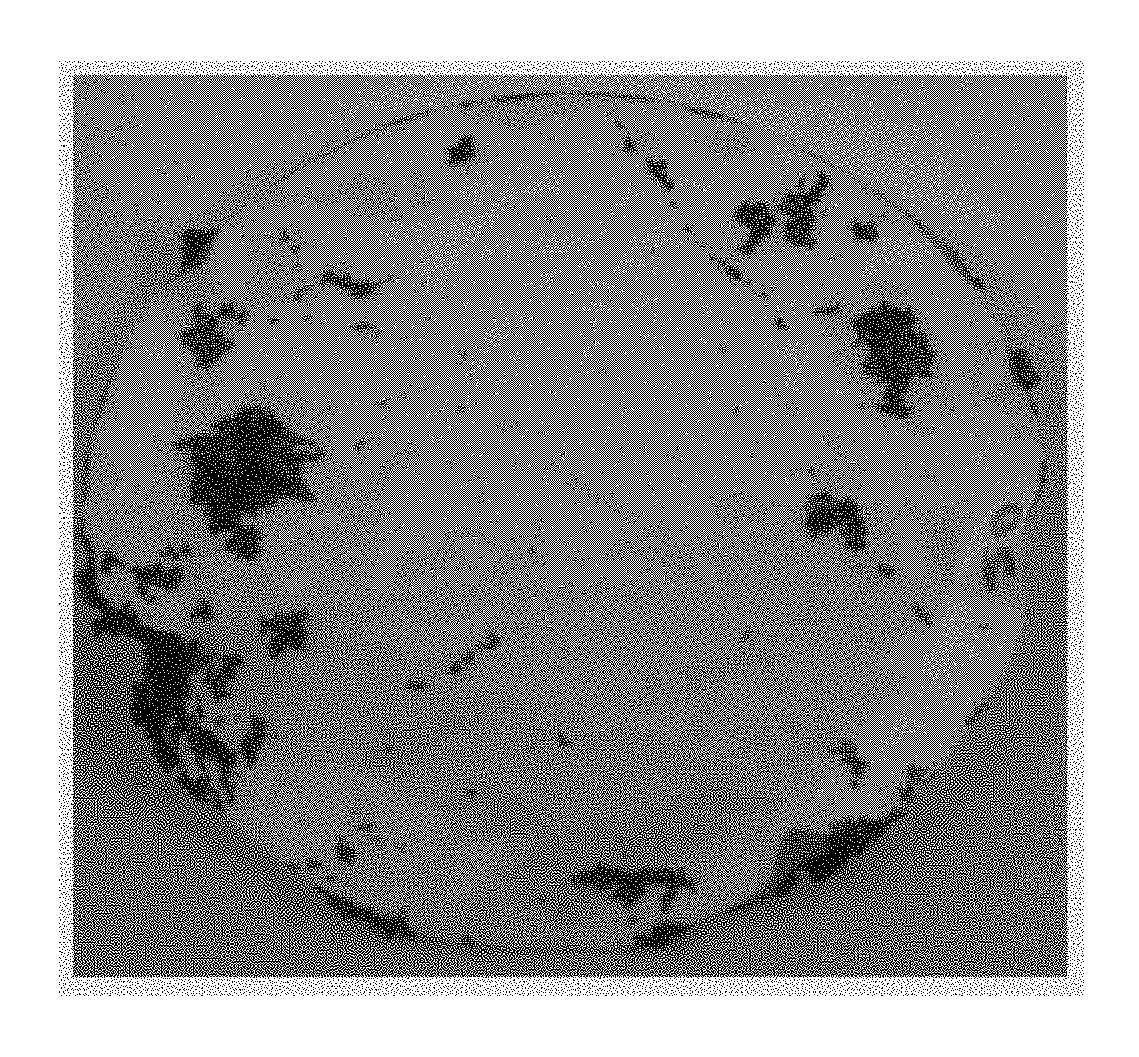Baking paper coated with a silicone-containing emulsion
a technology of baking paper and silicone, applied in the field of silicone-containing baking papers, can solve the problems of ineffective methods for a wide range of foodstuffs, inability to remove baked (or heated) foodstuffs, and limited effectiveness of methods, so as to achieve easy preparation and cure, high non-stick performance
- Summary
- Abstract
- Description
- Claims
- Application Information
AI Technical Summary
Benefits of technology
Problems solved by technology
Method used
Image
Examples
examples 1 and 2
[0063]Coating formulations were prepared by admixing the ingredients presented in Table 1. In the Table, DEHESIVE® EM 427 is a 54 wt. % aqueous dispersion of a linear, vinyl-functional polydimethylsiloxane, available from Wacker Chemie AG; WACKER® Catalyst EM 459 is an 44% aqueous dispersion of a vinyl-functional siloxane containing 619 ppm platinum catalyst, from Wacker Chemie AG; WACKER® Crosslinker V 72 is a trimethylsilyl-terminated poly(hydrogenmethyl)siloxane from Wacker Chemie AG; VINNAPAS® EF 104 is a 55 wt. % solids dispersion of an EVA polymer having a glass transition temperature of 14° C., a mean particle size of 230 nm and an emulsion viscosity of 400 cps, available from Wacker Polymer Systems; KELTROL® is a 1% solution of a xanthan gum available from CP Kelco Co., Atlanta, Ga.; and Foamblast™ 325 is a defoamer available from Emerald Material. Each aqueous coating composition contained 10% total solids.
TABLE 1Ingredients in gramsExample 1Example 2Dehesive ® EM 4277.0315...
example 3
[0069]Example 1 was repeated, but VINNAPAS® EF 575 was substituted for VINNAPAS® EF 104. VINNAPAS® EF 575 is a surfactant stabilized EVA copolymer dispersion with an EVA copolymer glass transition temperature of 0° C., a solids content of nominally 55 weight percent, dynamic viscosity 200-850 mPa·s, and pH in the range of 4.0-5.0. Mean particle size is ca. 200 nm. Silfoam™ SE33 was substituted for Foamblast™ 325. The results are presented in Table 3.
PUM
| Property | Measurement | Unit |
|---|---|---|
| mean particle size | aaaaa | aaaaa |
| mean particle size | aaaaa | aaaaa |
| mean particle size | aaaaa | aaaaa |
Abstract
Description
Claims
Application Information
 Login to View More
Login to View More - R&D
- Intellectual Property
- Life Sciences
- Materials
- Tech Scout
- Unparalleled Data Quality
- Higher Quality Content
- 60% Fewer Hallucinations
Browse by: Latest US Patents, China's latest patents, Technical Efficacy Thesaurus, Application Domain, Technology Topic, Popular Technical Reports.
© 2025 PatSnap. All rights reserved.Legal|Privacy policy|Modern Slavery Act Transparency Statement|Sitemap|About US| Contact US: help@patsnap.com


